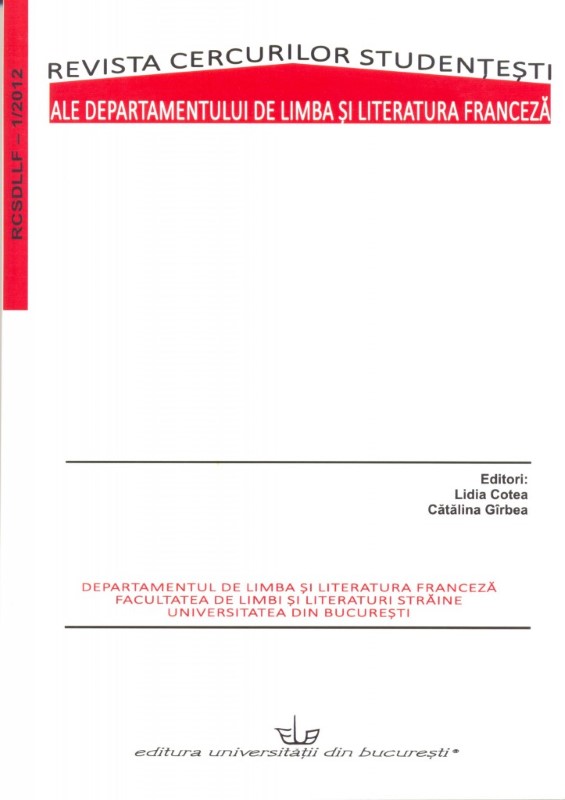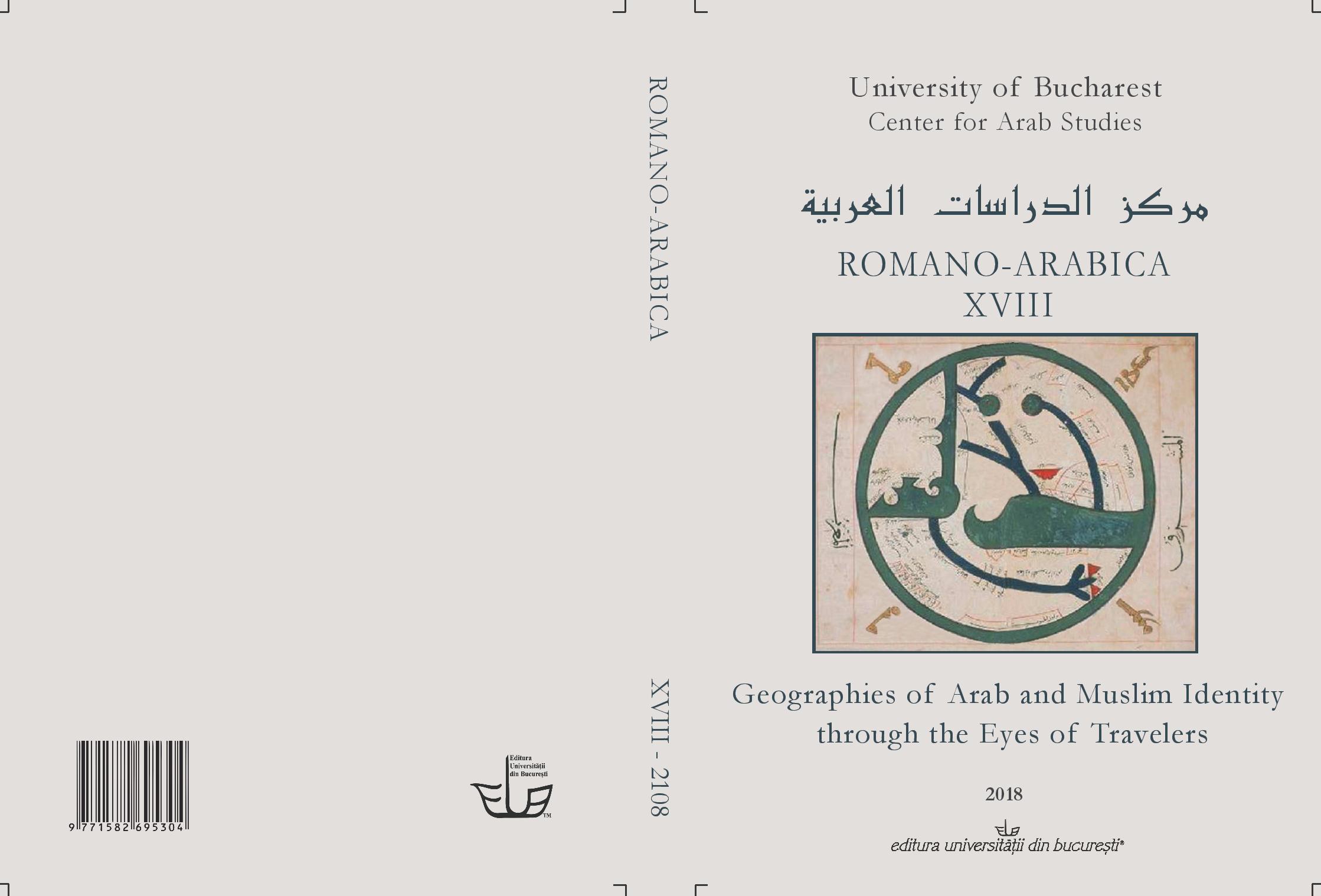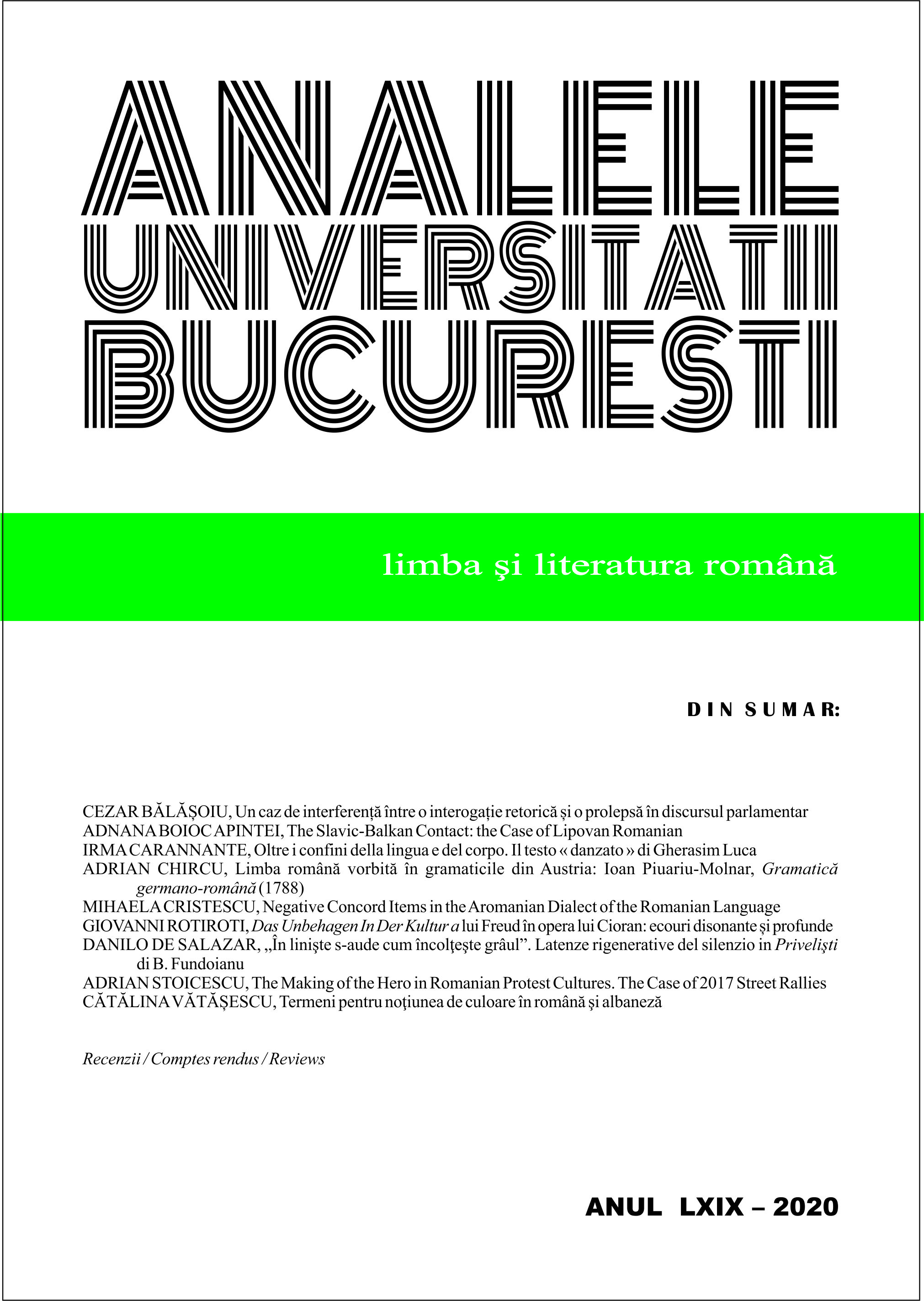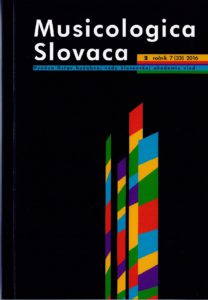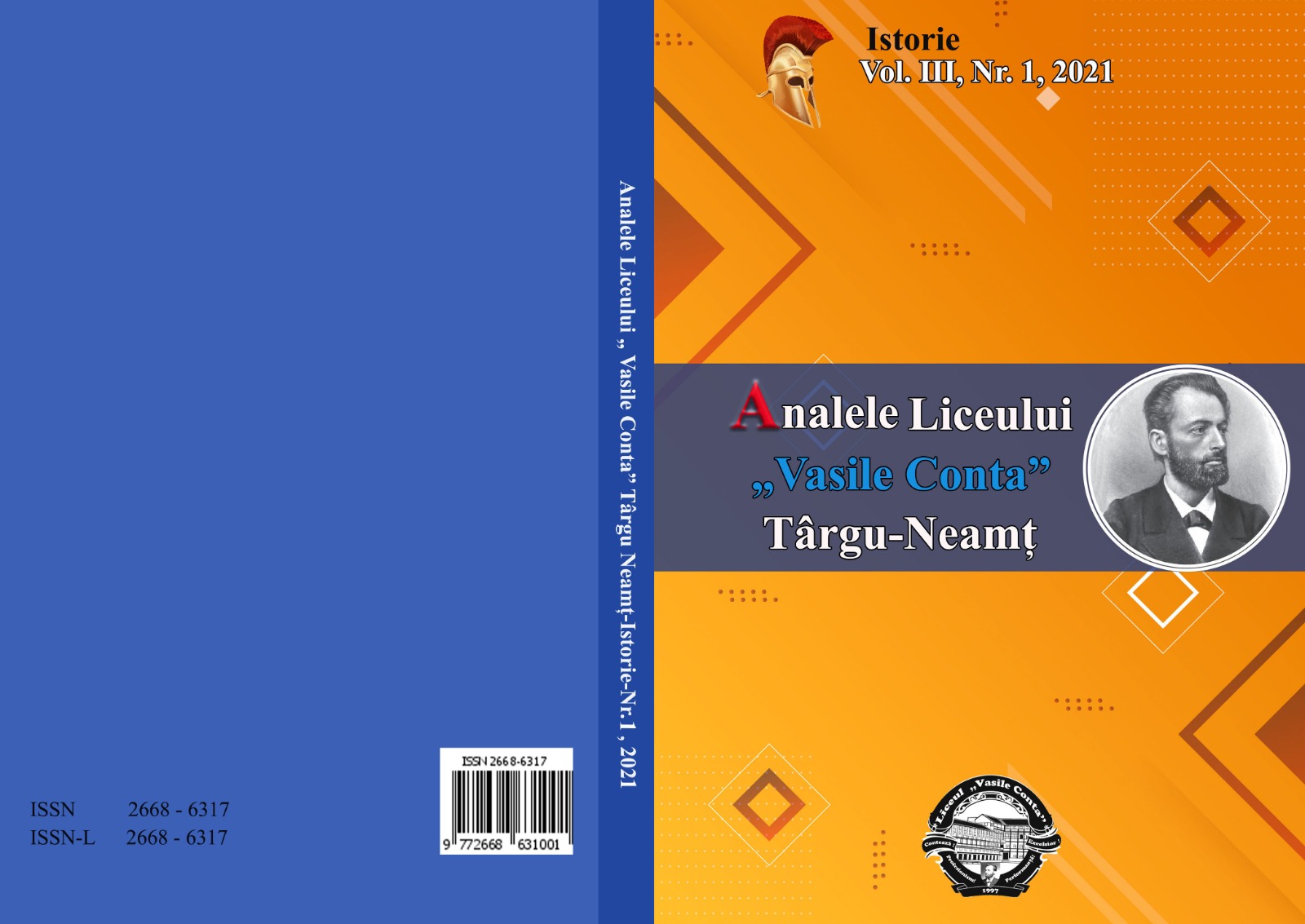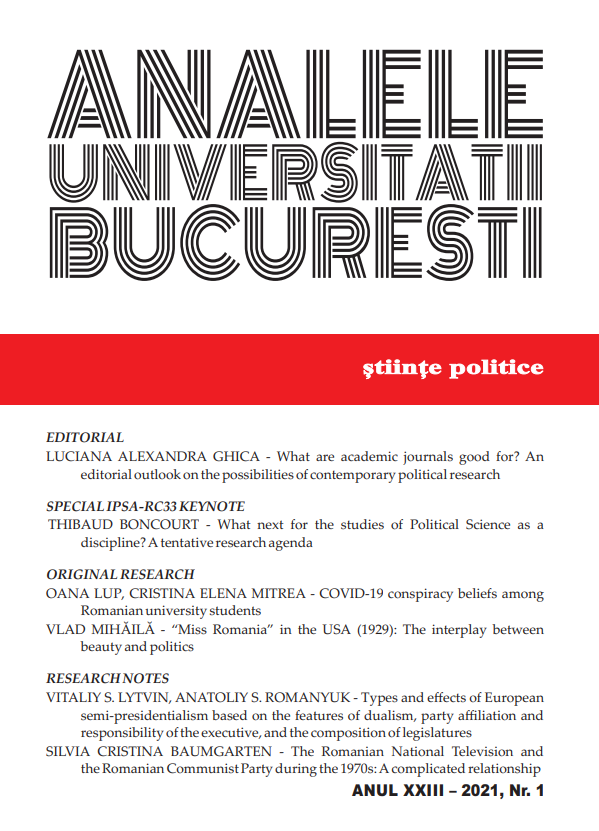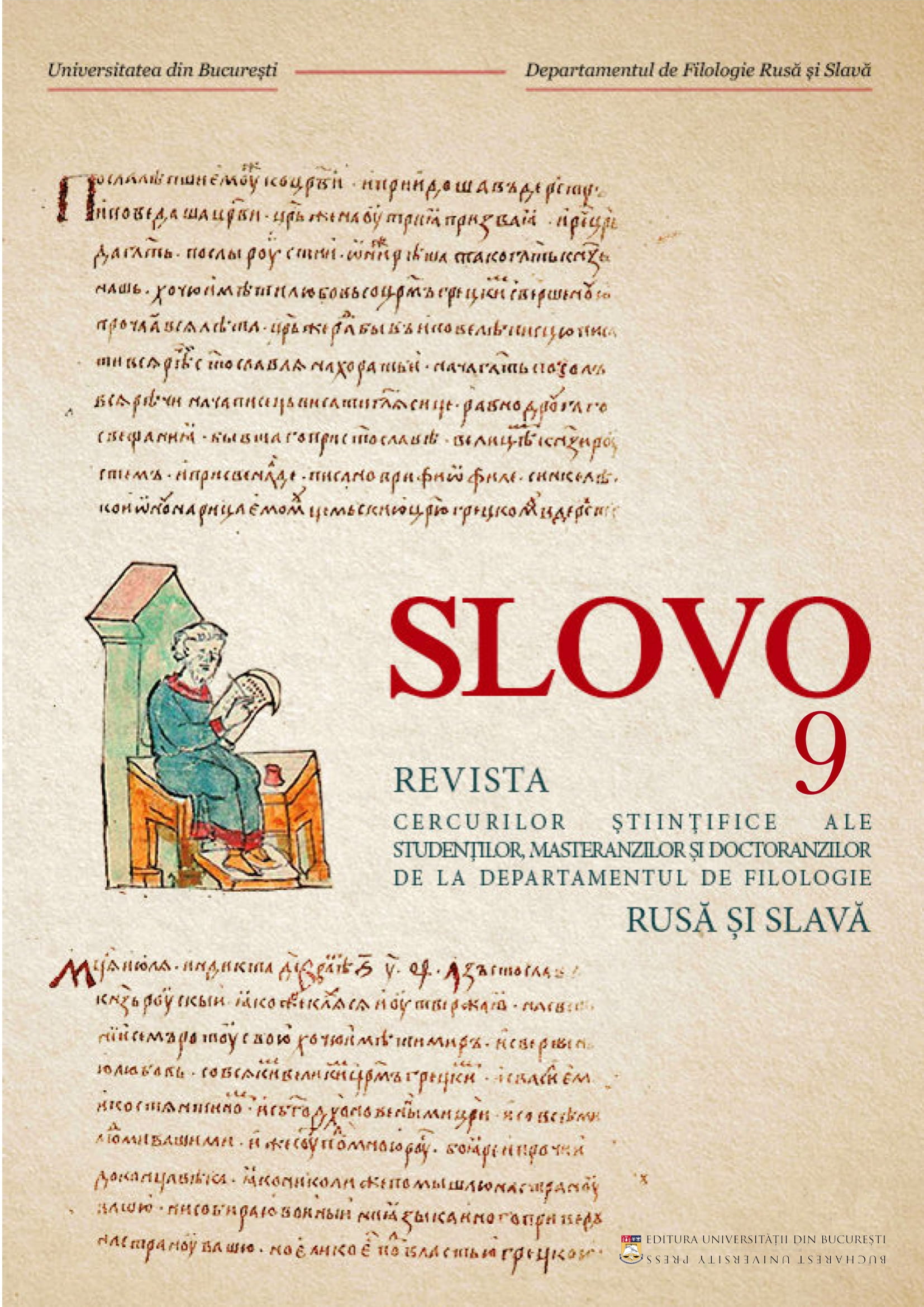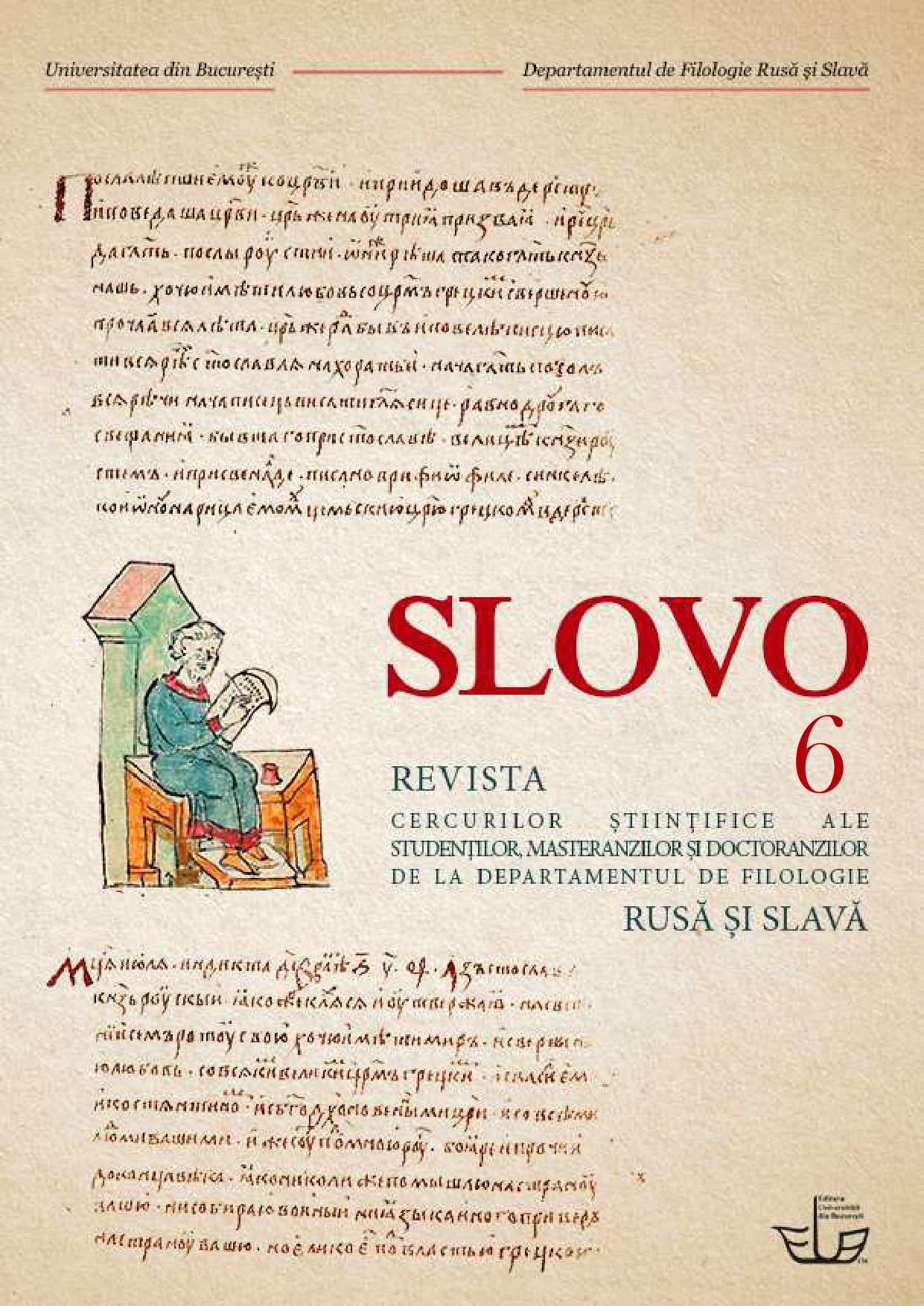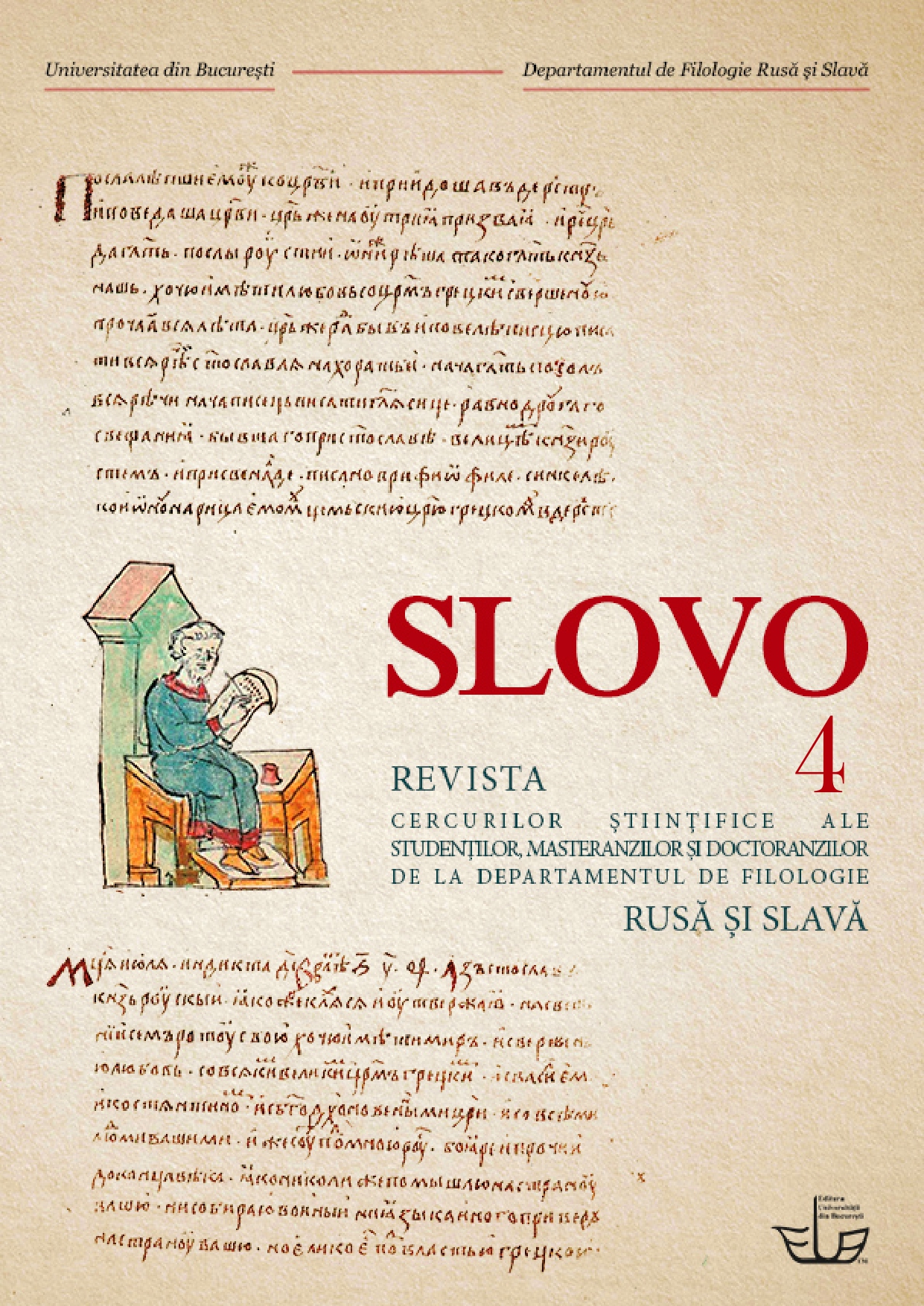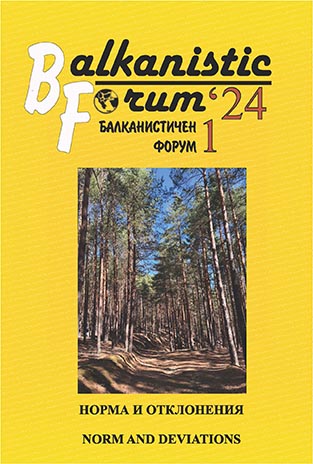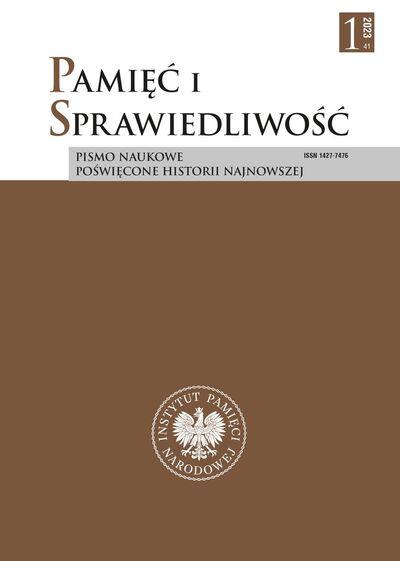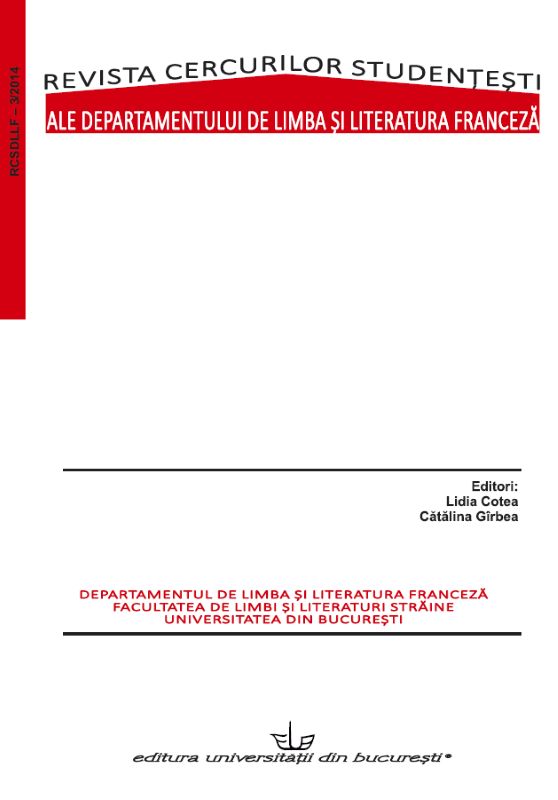
La fabrique de la femme ou le genre à l’épreuve de l’imaginaire communiste
Analyzing the female body as a discursive product of the communist ideology could be an interesting endeavor given the possibility it offers to determine the mechanisms that intervene when dealing with a paradigm shift (the gendered body paradigm) as well as because it reveals the possibility of reconsidering the representations of the gendered body, of the sex and gender relationship, of the unicity of the binary paradigm. The question raised by the imaginary of the female communist body, a question that governs this entire research, can be formulated as such: if the body paradigm can be so easily altered by the structures of power, can we still be speaking about the materiality of the body (the gendered body in this case) or can it also be reduced to a social construction?
More...
